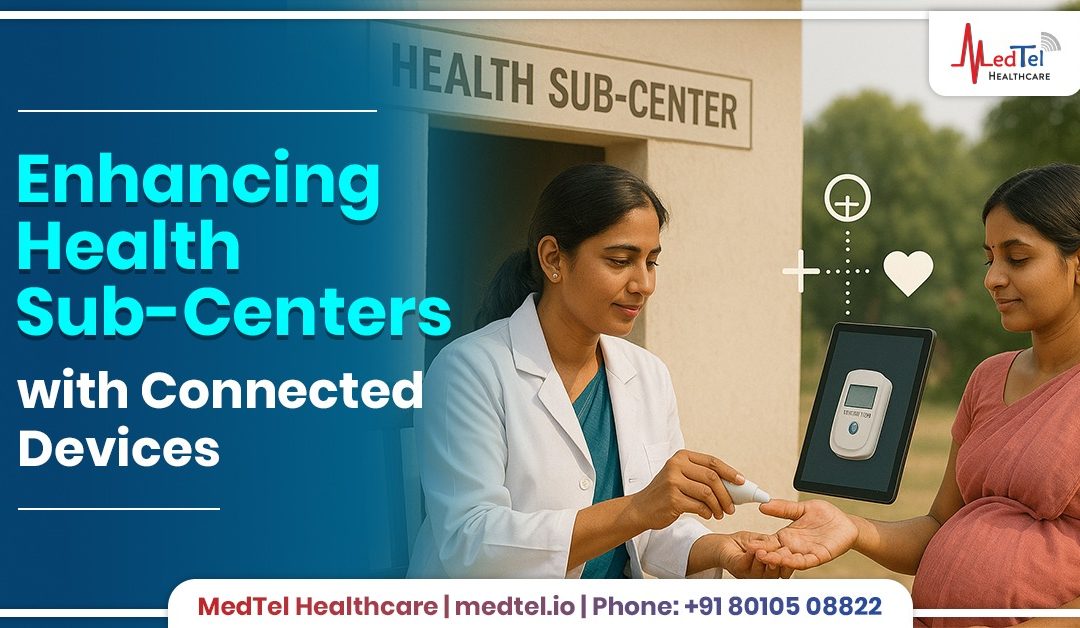Health sub-centers (HSCs) are the foundational units of India’s rural healthcare system, serving as the first point of contact for millions of people. Traditionally, these centers have faced challenges such as limited diagnostic capabilities, inadequate record-keeping, and delays in patient referrals. The introduction of connected devices is transforming HSCs into more effective and responsive healthcare hubs.
Connected devices such as portable hemoglobinometers, fetal heart rate monitors, digital thermometers, and mobile ultrasound machines are empowering community health workers (ASHAs, ANMs) to perform basic diagnostics on-site. These devices are integrated with mobile applications that guide users through testing procedures, automatically record results, and transmit data to district health authorities or primary health centers (PHCs).
This digital integration improves the accuracy and timeliness of health data collection, which is crucial for early diagnosis and intervention. For example, pregnant women’s health can be monitored more closely with connected fetal monitors and hemoglobin testing, reducing maternal and neonatal mortality rates. Similarly, connected devices help track immunization status, nutritional deficiencies, and common infections more efficiently.
One of the biggest benefits is the reduction of paperwork and manual errors. Digital records generated by connected devices are stored securely in cloud databases, facilitating easy access and analysis by healthcare administrators. This enables better planning, resource allocation, and monitoring of health programs at the grassroots level.
Connectivity challenges in remote areas are being addressed through offline-capable apps that sync data once internet access is available. Training programs for health workers focus on device usage, troubleshooting, and data privacy to build confidence and competence.
Moreover, connected devices enable faster referrals by alerting PHCs or district hospitals when a patient requires advanced care. This streamlines the patient journey and reduces delays that can worsen health outcomes.
In conclusion, connected devices are enhancing the capabilities of health sub-centers across India by enabling real-time diagnostics, improving data quality, and facilitating timely referrals. This digital transformation supports India’s goal of strengthening primary healthcare and achieving universal health coverage.
